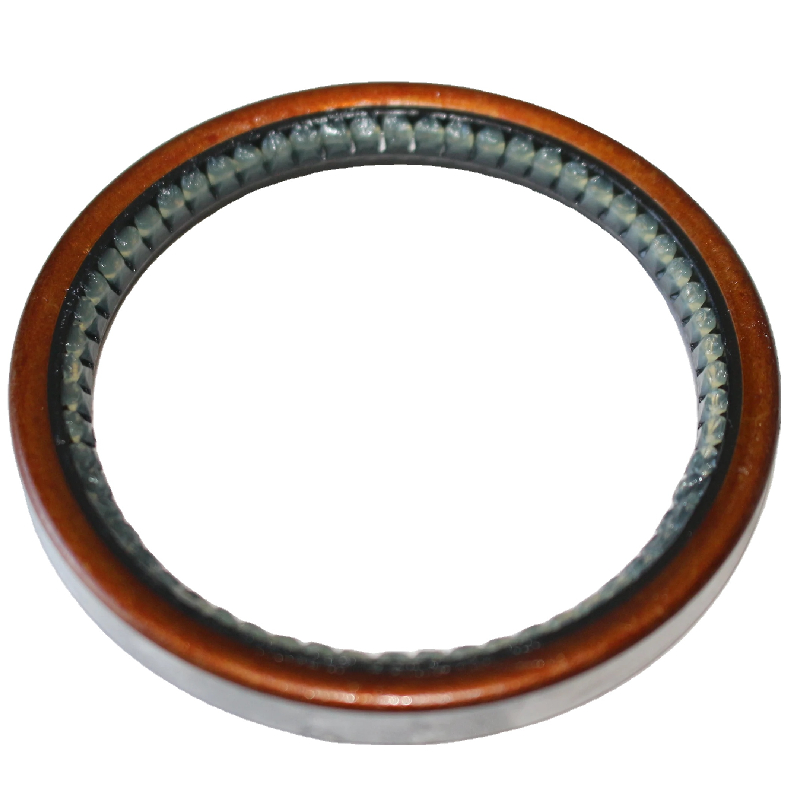rear engine oil seal
Understanding Rear Engine Oil Seals Function, Importance, and Maintenance
A rear engine oil seal is a vital component located at the rear of an engine, typically sealing the crankshaft as it exits the engine block. This small but crucial part plays a significant role in ensuring that engine oil remains contained within the engine system, thereby preventing leaks and ensuring optimal engine performance.
Function of Rear Engine Oil Seals
The primary function of a rear engine oil seal is to prevent engine oil from leaking out of the rear of the engine. The crankshaft, which is a rotating shaft that translates the linear motion of the pistons into rotational motion, extends out of the engine block. This extension is where the oil seal is positioned. Made primarily from durable materials such as rubber, these seals create a tight fit around the crankshaft, allowing it to rotate freely while keeping engine oil contained.
However, the rear engine oil seal does more than just prevent leaks. It also plays a critical role in maintaining proper oil pressure within the engine, ensuring that oil reaches critical components for lubrication. The absence of leaks means that the engine operates efficiently, reducing wear and tear on vital components and ultimately extending the lifespan of the engine.
Importance of a Functional Rear Engine Oil Seal
rear engine oil seal

A malfunctioning rear engine oil seal can lead to a host of problems. Oil leaks are one of the most apparent signs of a failing seal, which can result in low oil levels, inadequate lubrication, and potential engine damage. Oil leaks may also create a messy engine compartment, leading to more severe issues, including environmental concerns and potential fire hazards.
Moreover, if oil leaks onto components such as the exhaust system, it can produce smoke and noxious fumes, resulting in not only performance issues but also safety hazards. As oil leaks worsen, the cost of repair and the potential damage to the engine can escalate significantly.
Maintenance Tips
To ensure the longevity and functionality of the rear engine oil seal, regular maintenance is essential. This includes monitoring oil levels and checking for any signs of leaks. Routine oil changes using high-quality oil can help reduce the wear on seals and other engine components. Additionally, keeping the engine clean can help spot any leaks early and allow for timely repairs.
It is also prudent to have the rear engine oil seal inspected during major services, particularly if the vehicle has high mileage. If leaks are detected, replacing the seal promptly can help avoid more significant engine damage and costly repairs down the line.
In conclusion, the rear engine oil seal may seem like a minor component, but it is integral to engine performance and longevity. Understanding its function and maintaining it properly can save vehicle owners both time and money while ensuring a smooth-running engine. Always consult with a professional mechanic if you suspect an issue with your rear engine oil seal to maintain the health of your vehicle.
-
Simplifying Oil Changes: A Comprehensive Guide to Oil Drain Plugs and Their Variants
News Aug.04,2025
-
Mastering Oil Drain Maintenance: Solutions for Stripped, Worn, and Upgraded Oil Plugs
News Aug.04,2025
-
Fixing Oil Pan Plug Issues: Leaks, Stripped Nuts, and the Right Replacement Solutions
News Aug.04,2025
-
Everything You Need to Know About Oil Drain Plugs: Sizes, Fixes, and Upgrades
News Aug.04,2025
-
Choosing the Right Oil Drain Plug: A Guide to Sizes, Materials, and Drain Innovations
News Aug.04,2025
-
A Complete Guide to Automotive Drain Plugs: Types, Problems, and Innovative Solutions
News Aug.04,2025
-
The Ultimate Guide to Car Repair Kits: Tools and Essentials Every Driver Should Own
News Aug.01,2025
Products categories















